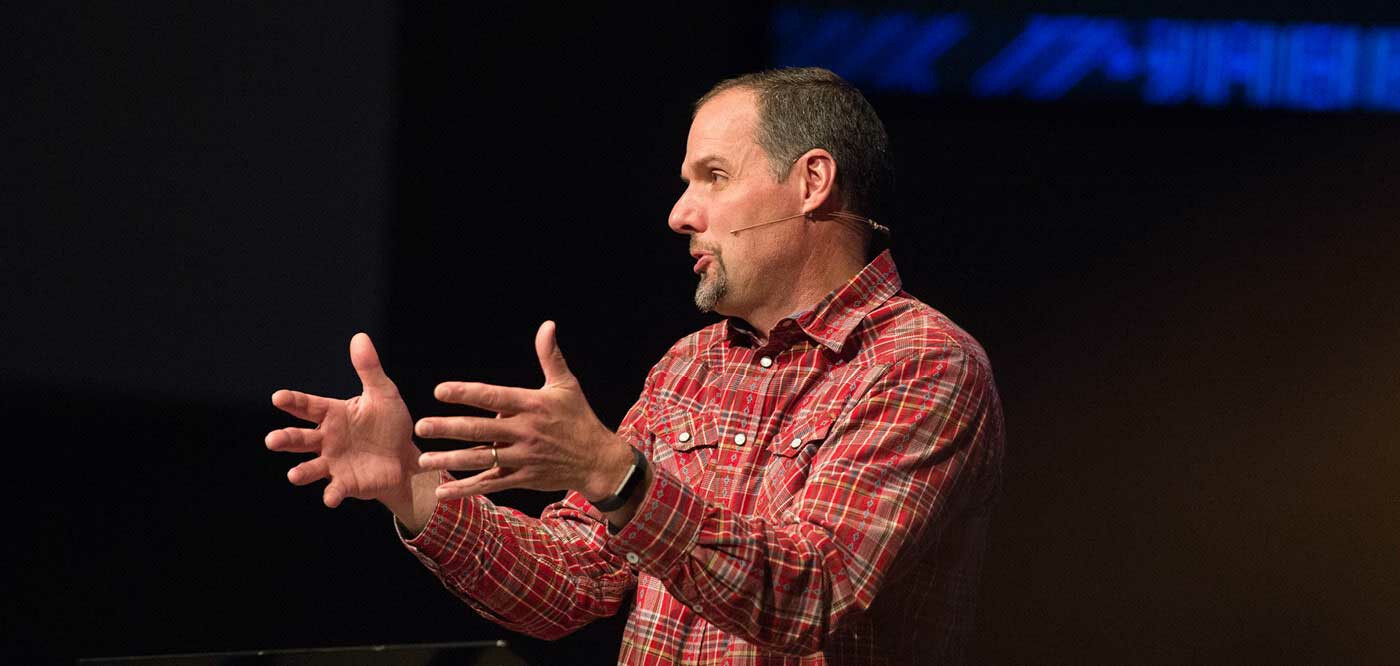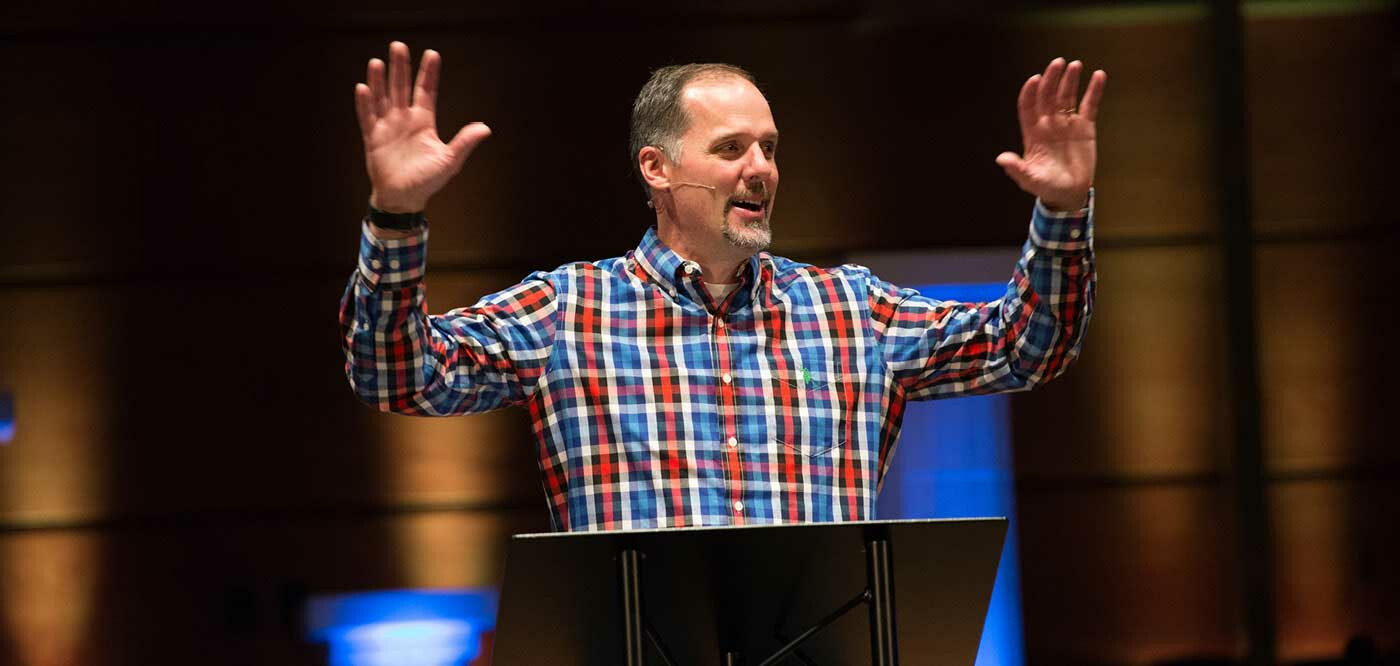
About the Gospel of John, Augustine once quipped that it is "shallow enough for a child not to drown, yet deep enough for an elephant to swim.”[1] On one level, John is a simple Gospel. There is a reason why we recommend this Gospel to new believers. For instance, when I was a new Christian, I was drawn to this Gospel because it was “easy” to read and understand. But as I have grown as a follower of Jesus and as a Bible student, I have come to recognize the truth of Augustine’s statement. The fourth Gospel is incredibly deep with rich theological insights and dramatic connections to the Old Testament.
One of the most profound passages in the Gospel is John 20:19-23. Yes, it is suitable for a child splashing on the shore. Someone with no background in the Bible can read this passage and have a general idea of the storyline. But at the same time, the richness of this text can submerse the student in the theological deep. As I have spent time wading into this passage, I have found that the theme of new creation is prominent. I believe that the intention of this episode is to help the reader see how Jesus’ resurrection is the beginning of the new creation. So, let’s dive in!
I would recommend reading John 20:19-23 before reading my comments below.
First Day of the New Creation
This section begins with the phrase, “On the evening of that day, the first day of the week” (John 20:19 ESV). John already used the phrase, “first day of the week,” in John 20:1. He could have just said, “On the evening of that day,” but the redundancy is important. John draws attention to the fact that the resurrection occurred on the “first day.” But why?
From the opening verse in John’s Gospel there is an overt emphasis on creation. John 1:1 is an unmistakable echo of Genesis 1:1. And John 1:3 says that “All things were made through him (the Word/Jesus)” (ESV). Also of note are the prominent creation themes of “life” and “flesh” (vv. 4, 13, 14), and “light” and “darkness” (vv. 4, 5, 7, 8, 9). But if that is not enough, from 1:29 through 2:1, John structures the text around seven days which recall the seven days of creation (John 1:29, 35, 43, 2:1).[2]
So, it is not surprising that John revisits the creation motif at the end of his Gospel by resuming an emphasis on timing. At the beginning of the Gospel, Jesus’ ministry corresponds with the days of Genesis 1, and at the end of the Gospel the new creation is a prominent theme. In the beginning Jesus brings creation into existence and at the end of the Gospel Jesus begins new creation through his resurrection on the “first day of the week” (John 20:1, 19).[3]
Peace of the New Creation
Jesus twice greets the disciples who are cowering behind locked doors, saying, “Peace be with you” (vv. 19, 21 ESV). But this is more than a traditional greeting. In the prophets there is the expectation that peace would accompany God’s kingdom. In this new creation, ‘“The wolf and the lamb shall graze together; the lion shall eat straw like the ox, and dust shall be the serpent’s food. They shall not hurt or destroy in all my holy mountain,’ says the Lord” (Isaiah 65:25 ESV). In speaking about the restoration of Israel at the end of time, Ezekiel 37:26 speaks about a “covenant of peace” (ESV). So, I do not think it is an overstatement to understand Jesus’ greeting as evoking the expectation and longing of the prophets. Jesus is speaking the “peace” that fills every dimension of the new creation.
Breath of the New Creation
Finally, Jesus breathes on the disciples and says, “Receive the Holy Spirit” (v. 22 ESV). John’s word choice is striking. The word, breathe, is used in Genesis 2:7 when “the Lord God formed the man of dust from the ground and breathed into his nostrils the breath of life, and the man became a living creature” (ESV). John’s use of this word in the resurrection account is not coincidental. When viewed within the context of new creation imagery, Jesus’ action is clear. Jesus is the one who brings new creation into existence through the Holy Spirit.
So, on this Holy Week, and especially this Resurrection Sunday, take a moment to pause and reflect on the richness and beauty of what Jesus has accomplished in his resurrection. Jesus is the only hope of the world because there is only one who has the power to usher in the new creation. Jesus sends his followers out on mission as his “representatives”—representatives of the new creation—to proclaim the good news (John 20:21).[4] The good news is what Jesus accomplished in his life, death, resurrection, ascension, and reign. The good news is that the same one who breathed life into Adam brings to new life those who respond in repentance and faith.

About the Author
Tucker Anderson
Tucker Anderson served at Calvary Church 2015 to 2023. He is a graduate of Bethel Seminary and The Southern Baptist Theological Seminary. His passion is helping people develop a biblical worldview by understanding the relationship between the Old Testament and New Testament.
[1] https://www.ligonier.org/learn/articles/meditating-scripture
[2] Andreas J. Köstenberger, A Theology of John’s Gospel and Letters: The Word, the Christ, the Son of God, Biblical Theology of the New Testament (Grand Rapids, MI: Zondervan, 2009), 349.
[3] Köstenberger, 353.
[4] G. K. Beale and Benjamin L. Gladd, The Story Retold: A Biblical-Theological Introduction to the New Testament (Downers Grover, IL: IVP Academic, 2020), 151.


